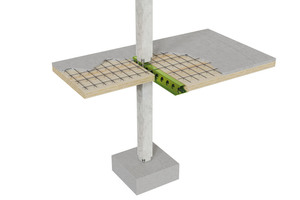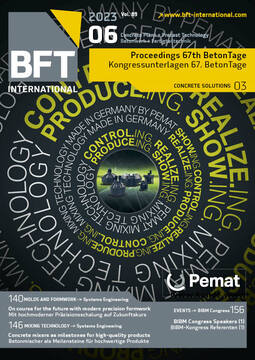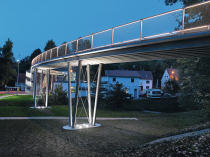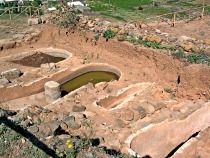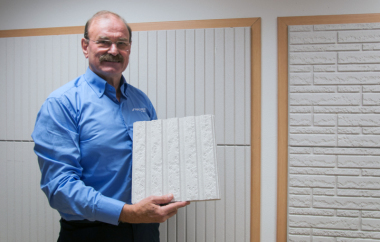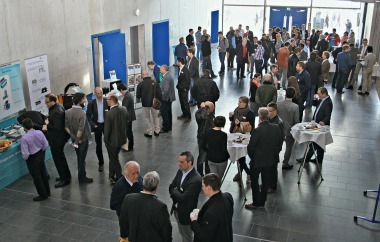Concrete – the construction material central to hybrid construction
Concrete is the construction material of
the last century – and rightly so!
Today, in the 21st century, the requirements placed on our construction materials have increased. This concerns both the level of the present and well-known requirements as well as new topical challenges that also need to be resolved. Nowadays, we no longer only deal with the load-bearing capacity and physical properties of a building, but rather with the issue of what effects construction and construction materials have in terms of resource efficiency and sustainability. We look at the quantities that are available of a specific material, and at the impact its use has on our climate. In addition, we look to the future and ask ourselves what a structure must look like to have the lowest possible energy consumption during its period of use and how we can extend the periods of use by building in a more flexible way. For the time following its use, we discuss the possibility of deconstructing a structure in such a way that we can reuse as much as possible of the material resources that were used in its construction.
The same applies to the properties of construction materials. Our conventional construction materials, concrete, steel and wood, each have particular strengths but also areas where they perform less well. In the case of wood, it is the load-bearing capacity that is generally lower than that of the other construction materials. On the other hand, wood is characterized by its low weight and distinctive feature of being a renewable raw material. Steel is exceptionally resistant to stresses but highly susceptible to corrosion and the most expensive construction material. Concrete achieves high compressive strengths, can be exposed to the elements in outdoor use, and can additionally protect other construction materials, such as steel, against corrosion.
Isn’t it the combination of these three construction materials that can take us through the 21st century? And what is the key role of concrete in this? Let us embark on this discussion on June 20, 2023 within the framework of the BetonTage congress in Ulm.

